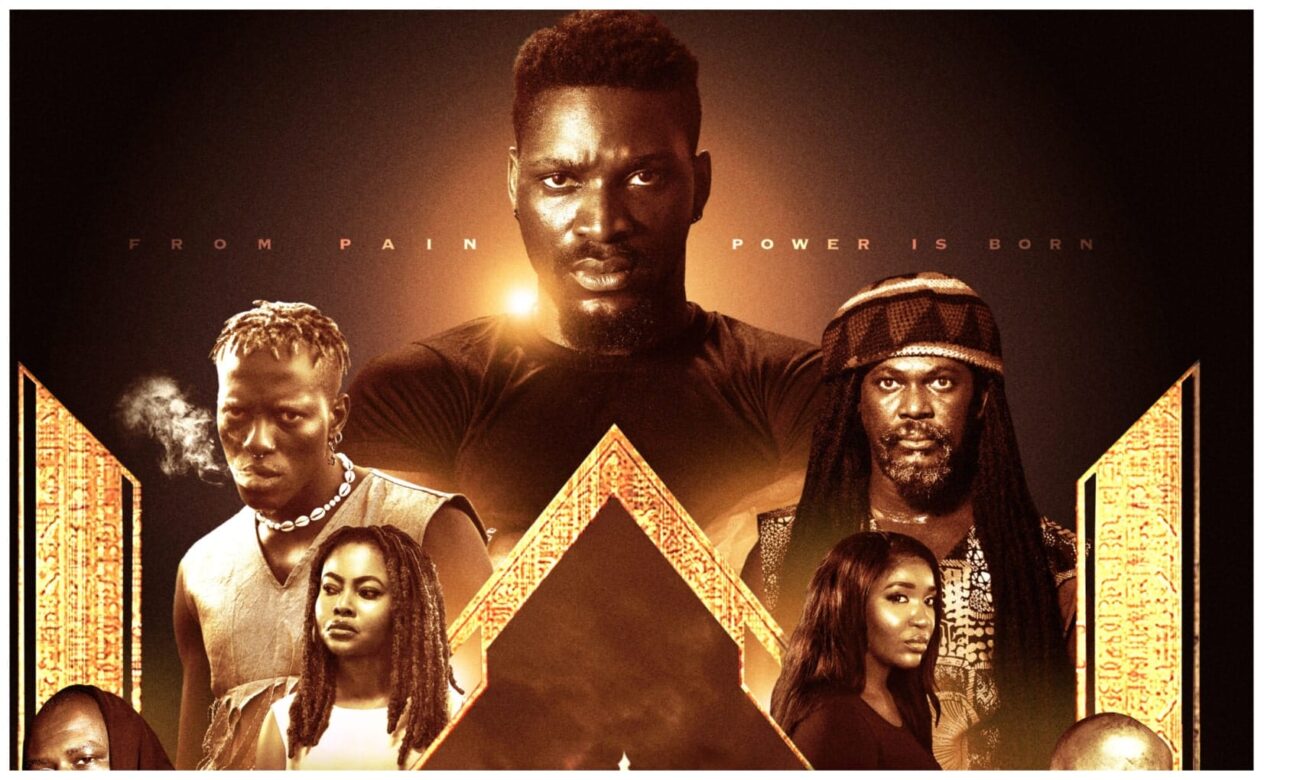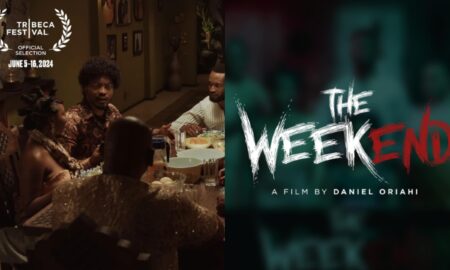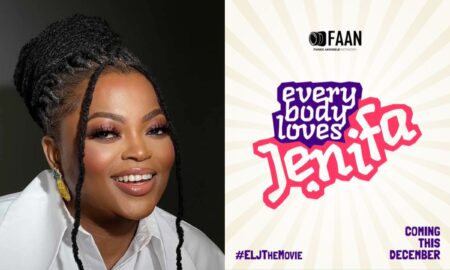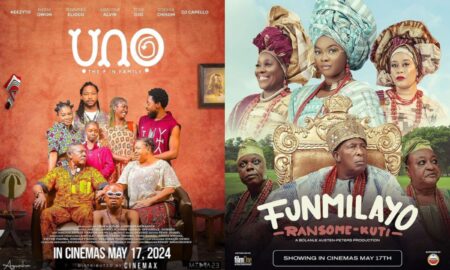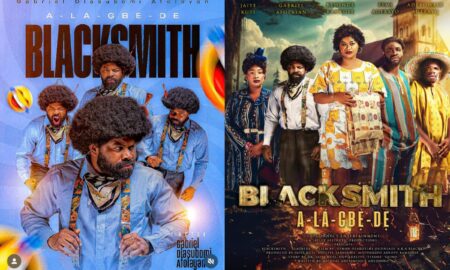In Episode three of Slum King, we witness a transformative shift as Edafe evolves into the character of Maje, portrayed by Tobi Bakre, all behind the bars of a prison cell.
Fate takes an intriguing turn when Maje finds himself sharing his confinements with Imole, the leader of the Alaiberu gang, also known as the Slum King.
Imole’s unexpected fondness for Maje sets the stage for an unconventional mentorship, akin to a father-son bond.
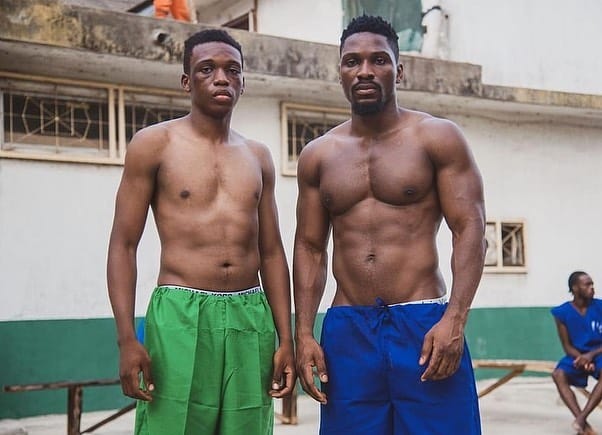
As Maje’s story unfolds within the prison walls, another drama unfolds on the outside. Tequila- a member of the Alaiberu, a calculated opportunist, harbors ambitions to usurp Imole’s position as the Slum King. His audacious plan extends to making Imole’s wife, Selense, his own.
A wedding is in the works, and Imole, discovering Tequila’s sinister intentions, takes action. He forms a plan with Maje, who faces a death sentence and other gang members, to escape the prison, thwart the impending wedding, and reclaim Imole’s reign as the Slum King.
Will Imole’s prison escape plan succeed? Will Maje die as declared by the court? Will Imole successfully stop the wedding? Episode Four will tell.
Ironically, it took the prospect of Tequila’s marriage to Selense to compel Imole to contemplate a prison break. This raises the question of why he didn’t consider this before. Perhaps he grew complacent, entrusting the running of his operations to Tequila while he languished behind bars.
It appears there were opportunities for escape all along, but he only sprung to action when his wife’s impending marriage became the catalyst.
The prison break scene was quite a cliche, there was nothing new about it. we’ve seen the same scenario in numerous movies where the plan is to cause a riot in the prison yard by starting a fight, the police come in to enforce order, but they cannot, gas is thrown in and then the escape happens amidst the chaos.
We’ve seen that scenario over and over again in movies, but then one question we still have is, how exactly did Imole and the others leave the prison?
The fight scene during the prison break moment was commendable though, it was well executed. It was more than fists flying and choreographed chaos. It was a harmonious blend of choreography, cinematography, and storytelling.
Every punch, kick, and parry felt authentic especially the ones from Maje.
The cinematography did a good work in elevating the fight scene, the camera angle, framing and editing brought us closer to the scene. The camera was a participant in the fight scene, allowing us to appreciate the skill of the fighters and feel the intensity of the conflict. The slow-motion sequences, tear gas, and gunplay also intensified the visual experience.
However, a drawback in the episode was the sporadic shift to Yoruba dialogues without subtitles, potentially alienating non-Yoruba-speaking viewers. This might be a spoiler as not everyone watching the series is Yoruba and might not understand all that is being said, leading to a vibe drain.
In conclusion, Episode Three of Slum King delves into the murky world of corrupt prison politics, exposing the collusion between law enforcement and criminals. The episode leaves us with a cliffhanger, as Tequila’s gunshot ends the episode. He took a shot at Imole when he made a surprising entrance with Efe. Did Tequila’s shot hit Imole? Does this mean the end for Imole? We’ll find out in episode Four.

